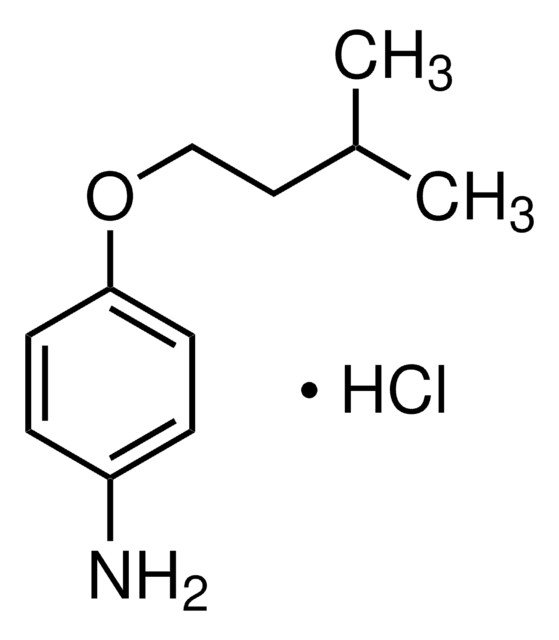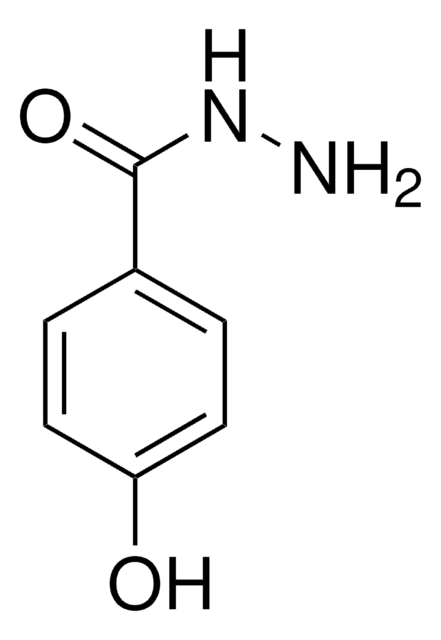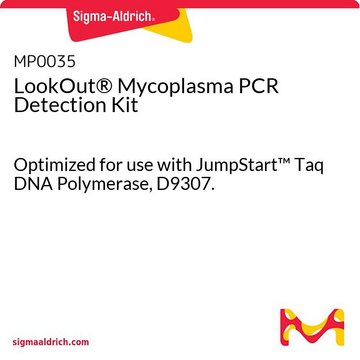F2883
Anti-Mouse IgG (whole molecule) F(ab′)2 fragment–FITC antibody produced in sheep
affinity isolated antibody, buffered aqueous solution
About This Item
Produtos recomendados
fonte biológica
sheep
Nível de qualidade
conjugado
FITC conjugate
forma do anticorpo
affinity isolated antibody
tipo de produto de anticorpo
secondary antibodies
clone
polyclonal
forma
buffered aqueous solution
técnica(s)
direct immunofluorescence: 1:128
temperatura de armazenamento
2-8°C
modificação pós-traducional do alvo
unmodified
Procurando produtos similares? Visita Guia de comparação de produtos
Categorias relacionadas
Descrição geral
Anti-Mouse IgG (whole molecule) F(ab′)2 fragment is specific for mouse IgG subclasses G1, G2a, G2b, and G3 as demonstrated by Ouchterlony double diffusion using mouse myeloma proteins. The antibody product can be used to avoid background staining due to the presence of Fc receptors.
Especificidade
Useful when trying to avoid background staining due to the presence of Fc receptors.
Imunogênio
Aplicação
Chromatin immunoprecipitation (1 paper)
Outras notas
forma física
Nota de preparo
Exoneração de responsabilidade
Não está encontrando o produto certo?
Experimente o nosso Ferramenta de seleção de produtos.
Código de classe de armazenamento
12 - Non Combustible Liquids
Classe de risco de água (WGK)
nwg
Ponto de fulgor (°F)
Not applicable
Ponto de fulgor (°C)
Not applicable
Certificados de análise (COA)
Busque Certificados de análise (COA) digitando o Número do Lote do produto. Os números de lote e remessa podem ser encontrados no rótulo de um produto após a palavra “Lot” ou “Batch”.
Já possui este produto?
Encontre a documentação dos produtos que você adquiriu recentemente na biblioteca de documentos.
Nossa equipe de cientistas tem experiência em todas as áreas de pesquisa, incluindo Life Sciences, ciência de materiais, síntese química, cromatografia, química analítica e muitas outras.
Entre em contato com a assistência técnica





